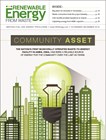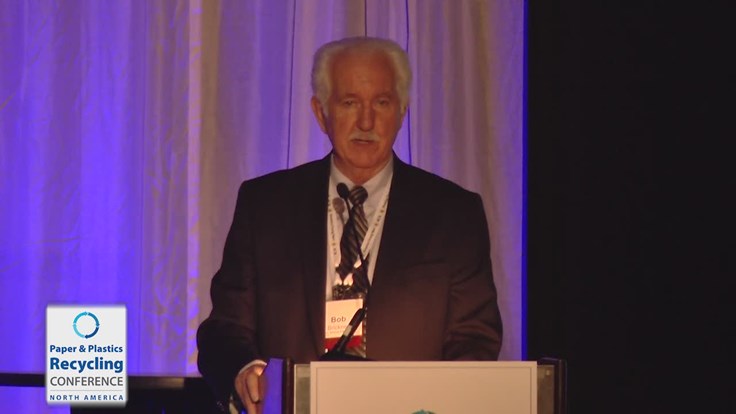Two of the largest municipalities in California are taking major steps to demonstrate their commitment to energy-from-waste production.
At the Waste Conversion Congress West Coast 2011 event, which was held in December in San Jose, Calif., a representative from the host city offered an update on San Jose’s efforts.
Michele Young of San Jose’s Environmental Services Department has been helping to develop what she described as an “integrated organics strategy” as part of the city’s Zero Waste Strategic Plan, which was adopted in August 2010.
Young said the city had a 75 percent landfill diversion requirement in its waste and recycling hauling contracts, and the city’s mayor in his State of the City address singled out gasification as an approach the city is likely to take in the future. As well, the city has a goal of operating a fleet of cars and trucks by 2022 that consists of 100 percent alternative energy vehicles.
San Jose is working in partnership with Zero Waste Energy Development Co., based in San Jose, to design a landfill diversion program that will include materials recycling, composting and energy production involving an anaerobic digestion process.
Zero Waste Energy Development is part of a family of companies stemming from the Zanker Materials Recovery and Landfill operation on the edge of San Jose in the Alviso neighborhood.
The city of San Jose and Zero Waste Energy Development have obtained or are in the process of obtaining several permits that will allow them to operate a 270,000-tons-per-year organics-to-energy plant that will generate 5 megawatts of energy annually, said Emily Hanson, project manager for Zero Waste Energy Development.
That amount of electricity is enough to power from 3,600 to 4,000 homes per year, said Hanson.
She told attendees that the project involves quite a few “firsts,” including being the “first commercial dry fermentation anaerobic digestion facility for municipal solid waste in the United States.” Stated Young, “We’re really in uncharted territory.”
In Los Angeles County, in the heart of America’s second largest metropolitan statistical area, L.A. County Department of Public Works Assistant Deputy Director Pat Proano says waste conversion technologies “will be part of that L.A. County does” from this point forward.
At its landfills, L.A. County is “setting aside 50 cents per ton” of what is collected to go toward researching and eventually investing in energy-from-waste technologies, said Proano.
There is support in L.A. County for such efforts said Proano, reversing a pattern of decades-long resistance to energy-from-waste efforts, viewed by some as “incineration.” Proano said, “Let’s get rid of the myths and have an adult conversation about this.”
Waste Conversion Congress West Coast 2011, held in December 2011 at the Convention Plaza Hotel in San Jose, Calif., was organized by Eye for Energy.
California Communities Sign on to Waste Conversion
California’s largest cities are making commitments to the energy-from-waste concept.
April 11, 2012
Recycling Today Staff
Recycling Today Staff



